So now we know where that horse DNA came from. Except not really.
In what it billed as a “major breakthrough” in its investigations, the Irish government announced over the weekend it had traced the source of the horse burger contamination to an ingredient from Poland and not – as initially suspected – Spain or the Netherlands. The Irish department for agriculture, food and the marine revealed the ingredient in question contained “up to 20%” of horse DNA relative to the beef content, and agriculture minister Simon Coveney said he was “confident” the findings showed the product was indeed the source of horse DNA found in burgers made at ABP Food Group’s Silvercrest plant.
What we don’t yet have is a name. We are told the source of the contamination wasn’t ABP’s own Polish subsidiary in Poznan (the company was very quick to point that out), but beyond that we’re still left guessing.
This is a coyness the meat industry and its customers – both in Ireland and here in the UK – can ill afford. If, as the Irish government says, the test results are indeed “conclusive” and a firm connection has been established between the ingredient from Poland and the contaminated burgers, there should be no reason not to name names now.
The Food Safety Authority of Ireland was rightly applauded for identifying specific products, suppliers and retailers when it first told the public it had found horse and pig DNA in beef burgers. Companies such as ABP, Liffey Meats, Tesco and others have paid a high price for such transparency, and it is only right that this is taken to its logical conclusion now by telling the public precisely who supplied the dodgy ingredient.
The fact this hasn’t happened already is baffling. No one benefits from protecting the identity of the Polish supplier – except the very company that was the source of the problem in the first place. And what of those ingredients suppliers in Poland who aren’t involved in the scandal but whose reputation could end up being tarnished by implication?
Some will argue the naming of the ingredients company could prompt a fresh round of unwelcome questions for retailers and manufacturers about where they source ingredients for their meat products, and whether they used the Polish supplier in question. And of course it could. But there are more important issues at stake here than a few uncomfortable questions.
Coveney is right when he stresses the importance of maintaining the reputation of the Irish food industry and its meat exports, and these sentiments will be shared by the meat supply chain in this country. Contamination scares such as this can seriously undermine the public’s trust in meat products, and a full and frank investigation is the industry’s best chance of restoring that trust.
But fullness and frankness involves giving us a name. Nothing less will do.



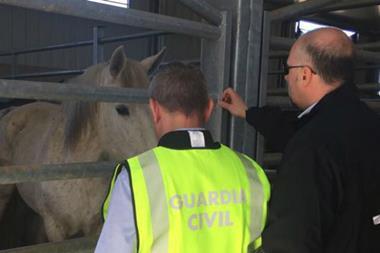
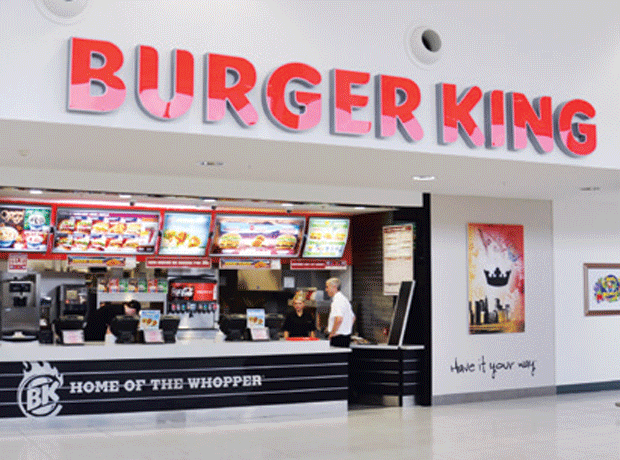

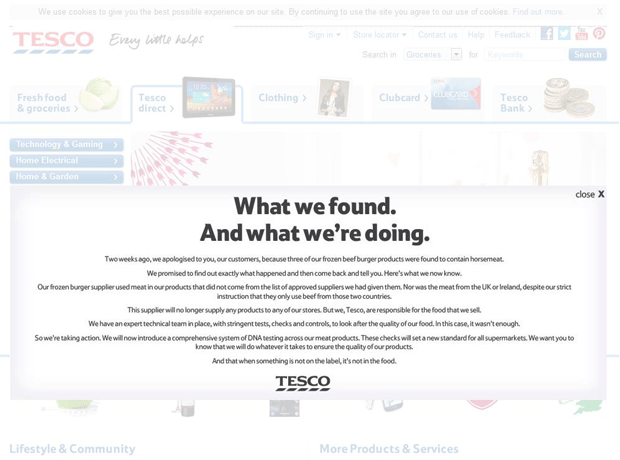
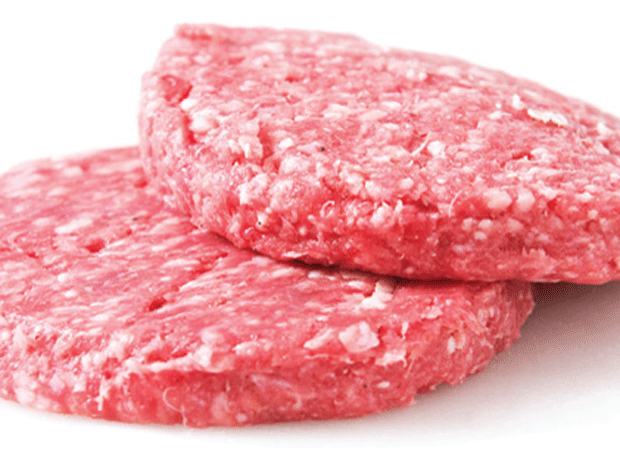


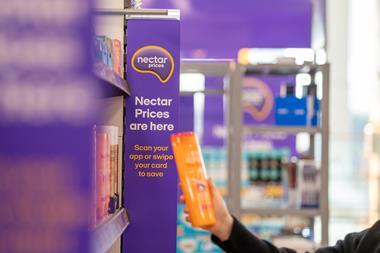

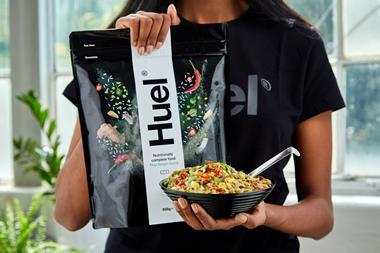


No comments yet